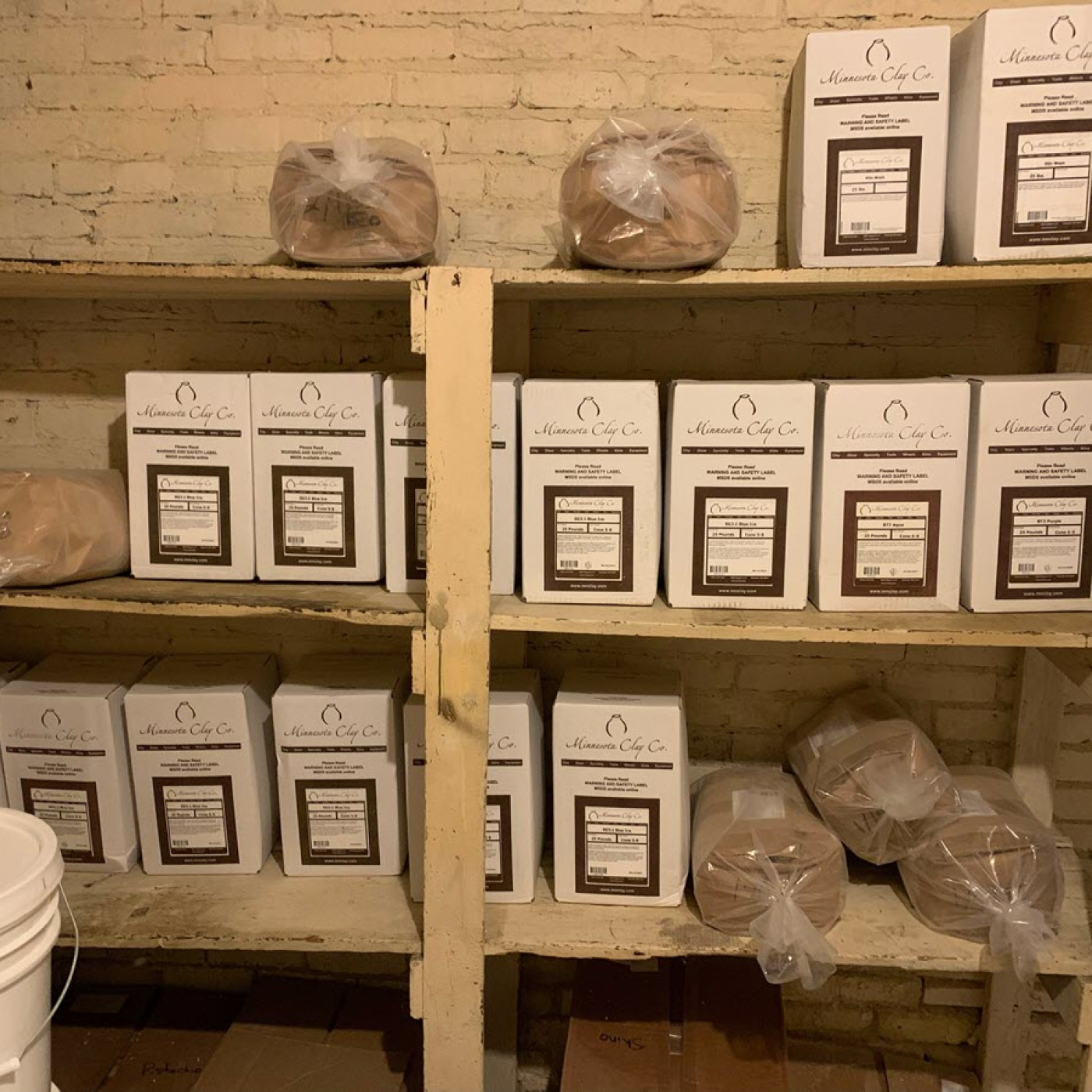Plan for the Upcoming Year

Assess Shows, Sales, and Supplies
As we begin a new year, it is the perfect time to review what we did this past year and plan for the future. One cannot develop a good game plan without looking back at the old one to see what went right and what went wrong.
Some say we learn more from our failures than from our successes. Try to find the lessons from your mistakes, and focus on the lesson, not the failure. It is time to review last year.
Everybody Loves You Now
Start by assessing what sold and what did not. Trends are so important when it comes to sales and retail. Trends govern not just the present but also give guidance for the future and, if we pay attention, can be harnessed to make next year even better than the previous year.
Those who do shows have an incredible opportunity. Every time we do a show, we are conducting a focus group. We get to interact directly with customers and observe their movements, their words, and their conversations with each other.
The research value this offers is something big-box retailers spend millions of dollars on every year to try to replicate. We get it for the price of a booth fee and a weekend.
Use every show as an opportunity for both sales and observation. What did people gravitate toward and what, sorry to say, seemed to repel them?
Ask yourself what drew people to your more popular items. Was it function, form, color, character? Can the aspect(s) that seemed to draw people in translate to other things you make? How can you spread the success?
By turning every show into a focus group, you can see trends firsthand and modify your product to accommodate the ever-changing marketplace. In doing this, you are taking a present sales opportunity and enhancing it by investing in your future art and sales. This allows you to work smarter and focus on what you know you can count on.
Tomorrow Is Today
How was last year’s show season? This should not just be a rhetorical question. As I begin planning my schedule for the coming year (I’m already booked through May and will have most of my schedule for the year shaped by the end of the month), I review the previous year’s shows to see which ones were the winners and which ones might be better to let go.
Do not look only at the total sales when doing this review. If it is a repeat show, compare it to the last couple of years and see if there is a discernible trend.
Are sales increasing, decreasing, or holding? What are the costs of doing the show — not just booth fees but also the hotel, travel costs, road food, etc.?
Remember that lost time is a calculatable cost as well. If it takes you two days of travel time, that is two days you lose when it comes to production and other aspects of your business. You may find that your gross receipts for a show are great but the costs of doing it outweigh its value.
Sometimes a show just down the street, where you earn less in gross receipts, results in more profit than the large show that requires a couple days of travel. And you get to sleep in your own bed.
This is another notable example of how every show you do is an opportunity to gather data and information. Keep track of your costs, your sales, and the time commitment from each show and make decisions accordingly.
Purchase some notebooks. Use them and you will save yourself from future heartache and be able to make better decisions for the coming year.

Photo courtesy of Scott Obernberger
Nobody Knows but Me
Obviously, production and supply chain issues are something we need to assess continuously and try to stay ahead of. The beginning of a new year is a great chance to do a more thorough assessment.
It is kind of like calendaring from my lawyer days. When you have a deadline, you put two or three reminder entries into your calendar in advance of the deadline, so it does not creep up on you. These “ticklers” are important, since there always needs to be a ton of preparatory work completed before we can have a finished product, whether that be a legal brief or a painting.
Take a day to inspect the supply cabinet. Clear out the items that have sat there for years and are no longer usable (I found some glaze samples that I think fossilized).
Get rid of things you do not need that just get in the way. Inventory what you have and figure out what you think you will need in the coming year.
If you can, try to place one large order for everything and negotiate with your supplier(s) for a better rate based on volume. Think Costco.
By purchasing more at one time, you get the bulk discount. Get your cabinets stocked now so you do not have to chase down supplies during your busiest time of the year. As show season enters full swing, you have better things to do.
Another good reason to do this now is it helps you set production priorities. After assessing what sold well, you can formulate a plan for the coming year’s production schedule. Figure out what you will need and order accordingly.
Lastly, though some of the supply chain issues have been resolved, we are by no stretch out of the woods. Inflation is a very real problem. It not only affects the costs of what we pay for materials but also the price customers are willing to pay for “wants” (which is what we produce) when all of their “needs” (things they need to survive) have gone up as well.
Determining what you will need to produce and ordering now saves money by avoiding future price increases. Additionally, you avoid shipping delays that continue to arise since many businesses are terribly understaffed and cannot find workers they can afford. If a business lacks employees, it cannot provide products. Get in line now.
Famous Last Words
I know this sounds like a great deal of work. The truth is it is. But it will save you from wasting time and energy on things that will not be to your advantage.
By reviewing the previous year and making plans for the one ahead based on the data you have gathered, you are more likely to grow your business, learn from your mistakes, and make corrections and improvements for the future.
If you have not been charting this information in the past, make a commitment to start doing it this year. It takes very little effort if you keep up with it after each show.
By the end of the year, you will be able to look back at what you did and make good decisions for the coming year. After doing it for a few years, you will be able to see the direction your business is going and make decisions that affect the big picture.
Being a small business has lots of challenges. Use data and information you gather along the way to turn those challenges into opportunities.
Happy New Year to all of you and your families! May it be filled with much joy and many blessings.
